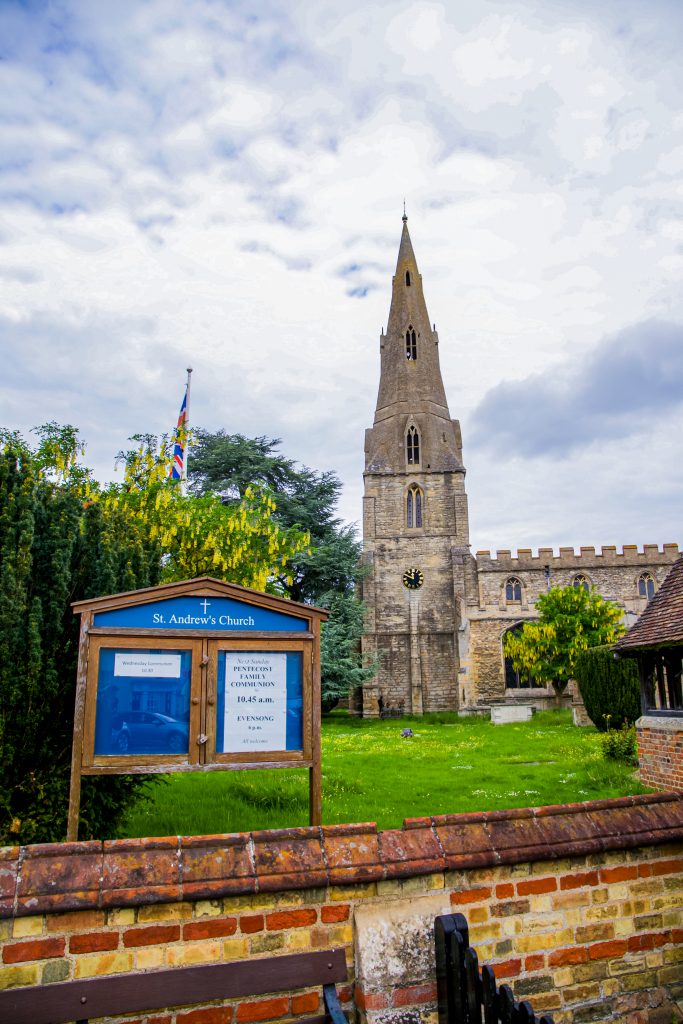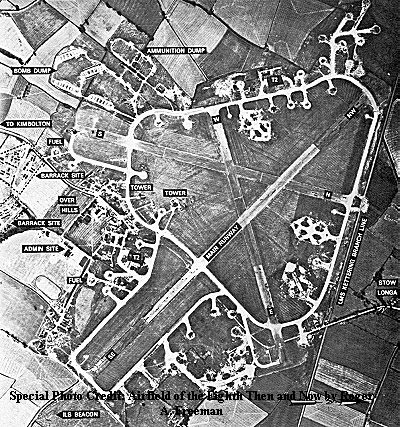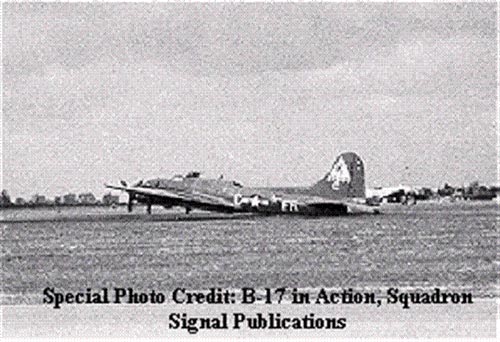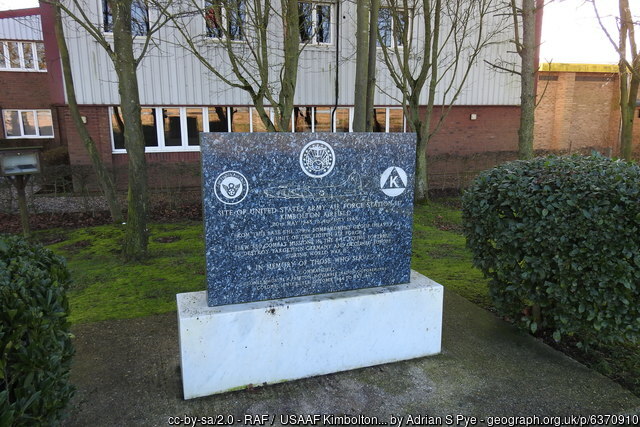The History
The History of Kimbolton & Stonely
Limited archaeological finds in the vicinity of the airfield suggest that there may have been a small Roman settlement, but Kimbolton’s name is Anglo Saxon, meaning “Cenebald’s Ton” (or estate).
The physical setting will have dictated the site of the present village – the protection of the small surrounding hills; the route crossing; the river crossing; the gravel terraces overlaying the clay to encourage building.
By Domesday, the population was about 500, second only in the county of Huntingdonshire to Huntingdon itself. The Lords of the Manor were responsible for the steady development during the mediaeval period – the enlargement of the church, the relocation of the castle and the layout of the town.
This plan was probably the result of the market charter granted in 1200 by King John to the then Lord of the Manor, Geoffrey Fitzpiers, Earl of Essex; from this period dates Newtown (first mentioned in 1279) and the diversion of the main road through the High Street Market Place, hence the notorious bends. East Street, previously known as Back Street, acted as the service area for the market.
Katherine of Aragon’s brief sojourn at the castle (1534-1536) following her divorce from King Henry VIII, coincided with one of a series of rebuilds which it has undergone, the most significant of which, by Vanbrugh and Hawkesmoor in the early 18th century, left much the same appearance as we see today. Other notable inhabitants of the castle include Sir John Popham, the presiding judge at the trials of Guy Fawkes and Sir Walter Raleigh, and the second Earl of Manchester, who led parliamentary forces in the Civil War until Cromwell’s succession. The Manchester family, having lived in Kimbolton since 1615, finally sold the castle to Kimbolton School (an early Tudor Grammar School) in 1950, and the surrounding estate to Boots pension fund in 1976.
St. Andrews Church, Kimbolton
Although recorded in the Domesday Book of 1086, the Church of St Andre is today mainly of 13th century origin with a later west tower and spite.
Within are fine painted medieval screens and magnificent carved roof bosses. There are also many 17th century monuments and inscriptions, dedicated to the Earls, Countesses and Duchesses of Manchester. In the Churchyard there is an interesting selection of Table Tombs dating back to the early 18th century.
In the south chapel there is a stained glass window by American glass artist Louis Comfort Tiffany, son of the founder of Tiffany’s Jewellers in New York. The window depicts the twin daughters of Consuelo Yznaga, an American of Cuban descent and widow of the 8th Duke of Manchester. It was made in 1901.
On the south wall of the Chancel there is an unusual marble monument by René de St. Marceaux to Consuelo, who died in 1909.
Near to St Andrew's is a Moravian Church erected in 1823. The only one of its kind in Cambridgeshire
You can find out more about the Church at standrew-kimbolton.org.uk.

Statute Fair
Origin
The Statute Fair, referred to affectionately by locals as the "Statty Fair" or simply the "Statty", is a fair held every September and has been characterised by one local historian as "Dodgems, darts, candy floss and cuddly toys". The Kimbolton Statute Fair shares a wider history and heritage with similar statute fairs across England, dating back to the 1351 Statute of Labourers.
In 1200, a prominent local landowner, Geoffrey Fitz Peter, Earl of Essex and Chief Justice to King John, who constructed the first castle on the present site, received a Royal charter to hold a fair in Kimbolton on St Andrew's Eve (and the two days hence), as well as a weekly market on Fridays. During the medieval period there were as many as five fairs in Kimbolton, with a "Tandry Fair" being held in the town for the sale of "cattle and hogs" until the 19th century.
During the medieval period a market cross was set up, around which market traders gathered to sell their goods - the foundations of which survive under the High Street. A plaque commemorating the cross exists near the war memorial. In 1603 the market cross was replaced with a wooden market hall - similar to the one at Ledbury - known as "Butchers' Row", which survived until the 1870s, when it was demolished; by the 1890s the market has declined to the point where it had "effectively disappeared".
By the end of the Victorian period, alongside Kimbolton's declining population, only the Statute Fair remained of the numerous fairs. By no later than 1881 the fair's purpose had changed from the traditional hiring fair to a recreational fete. One account from the Rev. Robert Kater Vinter in the 1881 Kimbolton School magazine described the "wretched mixture" of revellers travelling from neighbouring villages to drink, smoke and partake in all the fun of the fair - including a coconut shy, wooden carousel and an exhibition booth featuring real life Zulus. A later account from William Abington (b. 1903) recalled further attractions including hoopla, toffee and rock stalls, swinging boats, a joke toy stall and a tent that boasted the "fattest women in the world".
Present Day
In the present day the Statute Fair continues and is widely attended by students from the local school as well as those from other nearby schools and adults. It takes place on the High Street for one evening each September (unlike the three days granted by King John), and as such the High Street is closed for a 48-hour period, with traffic being redirected down St Andrew's Lane and East Street. Modern attractions at the fair include bumper cars, a funhouse, inflatables and waltzers as well as fairground games, including the staple coconut shy; attendance is reported to be in the hundreds.
The continuation of the fair (despite the chaos which formerly ensued when this meant partial closure of a trunk road) and the plaque marking the site of the former market cross are claimed by some as evidence that Kimbolton is a town, as opposed to a village, and still has the right to hold a weekly market. The main road was diverted to its present course to take it through the market place and increase toll revenue. Eight hundred years later, as a result of numerous vehicles striking walls and houses near the sharp bends, car transporters are not allowed in the town.
In 2020, the COVID-19 Pandemic limited the scale of the fair, even risking the fair not running for the first time in many years, far beyond living memory. One 'teacups' ride was placed at the castle end of the high street to ensure the tradition would not cease.
Kimbolton Airfield
Kimbolton’s old World War II airfield lies on the higher ground to the north and little of it remains visible today. The runways are gone and the land returned to agriculture and all buildings – bar one – have been demolished. The one remaining building lies now within a thriving industrial estate, the Bicton Estate, which was built adjacent to the airfield where the airbase’s supporting buildings once lay.
The airfield (Army Air Force Station 117) was constructed as a base for RAF aircraft in 1941 with a 1340 yard long main runway. After the airfield was taken over by the 8th Air Force the runway was strengthened and extended to 2000 yards. At the same time the number of hardstands was increased from 30 to 50. New crew quarters were built on the south side of the airfield close to the town of Kimbolton. Hangar accommodation consisted of two standard T2 hangars dispersed on the western and southern sides of the airfield.
Kimbolton was initially and briefly occupied by the 91st Bomb Group in September 1942 but the airfield was deemed unsuitable for operations with the heavy US bombers and that Group was relocated to Bassingbourn.
Between May 1943 and June 1945 the airfield was the home of the USAF 379th Bombardment Group, which operated B17 bombers. The 379th holds the distinction of having flown the largest number of WWII sorties. Click on the link below to read the story of just one of those sorties, involving a B17 aircraft named ‘Ye Olde Pub’.




Kimbolton & The Olympics
The 2012 Olympics prompted the re-release of Chariots of Fire, one of the most popular films of the 1980s and winner of the 1981 Academy Award for Best Picture. The film, which tells the story of the 1924 Paris Olympics, focuses on the achievements of British gold medallists Eric Liddell and Harold Abrahams.
Harold Abrahams was born in Bedford in 1899. As a Cambridge undergraduate he was an outstanding athlete, achieving success against Oxford in the 100 yards and 44o yards, and a record-breaking performance in the Long Jump. (He did not, in reality, perform the feat portrayed in Chariots of Fire, of running the circuit of Trinity College’s Great Court in the time taken for the clock to strike twelve). However, whilst still at university, he represented Britain in four events at the 1920 Antwerp Olympics but failed to win any medals.
The following year, Harold’s brother Lionel, a St Neots solicitor, became Clerk to the Governors at Kimbolton School. William Ingram, the Headmaster, was seeking to enhance the School’s reputation by encouraging visits from distinguished sportsmen and was delighted when Harold Abrahams agreed to do some of his training for the Paris Olympics at Kimbolton School.
In his book, The Power in a School, Ingram records an incident which took place while Abrahams was training at Kimbolton. One day the athlete challenged Ingram to a 100 yard race along a stretch of the Tilbrook Road, with the winner to receive a silk shirt from the loser. ‘It was a thrilling race, Abrahams won – but only by a foot or two – and he was the finest sprinter in the world’. The real magnitude of the victory lies in the fact that ‘Harold went on foot and [Ingram] was driving a good high-powered car’!
This careful preparation paid off when the time came for the 1924 Olympics. In addition to his gold medal for the 100 yards, Abrahams won a silver medal with the British sprint relay team. There were no medal ceremonies – he received his medals by post and even had to pay an excess postage charge!
Sadly, a serious leg injury, sustained in the following year while long jumping, brought his career as an athlete to a premature end.
In 1974, four years before his death, Harold Abrahams made his final visit to Kimbolton School to present the prizes on Speech Day. With him he brought the telegram, sent by the School Prefects after his victory in 1924. Presenting it to the Head Prefect he said ‘ I have treasured that telegram for 50 years and now I would like to hand it over for safe keeping to the school with which I have had links for so many years’.
[Reproduced by kind permission of the author, Nora Butler, and The Villager magazine]
The 2012 London Olympics did not have the same kind of connection to Kimbolton, but, nevertheless, there is a considerable connection.
Many of the flags and banners found in the Olympic Park and throughout London were made and provided by House of Flags, Bicton Industrial Park, Kimbolton.
The superb fireworks displays following the Olympics Opening Ceremony and Closing Ceremony and the Paralympics Opening and Closing Ceremonies were designed and supplied by Kimbolton Fireworks.
Another local company, Titanium Fireworks, provides fireworks for the New Year celebrations on the Thames in London and in Edinburgh, as well as the Kimbolton School Fireworks Night.
©2024. Kimbolton & Stonely Parish Council. All Rights Reserved.
